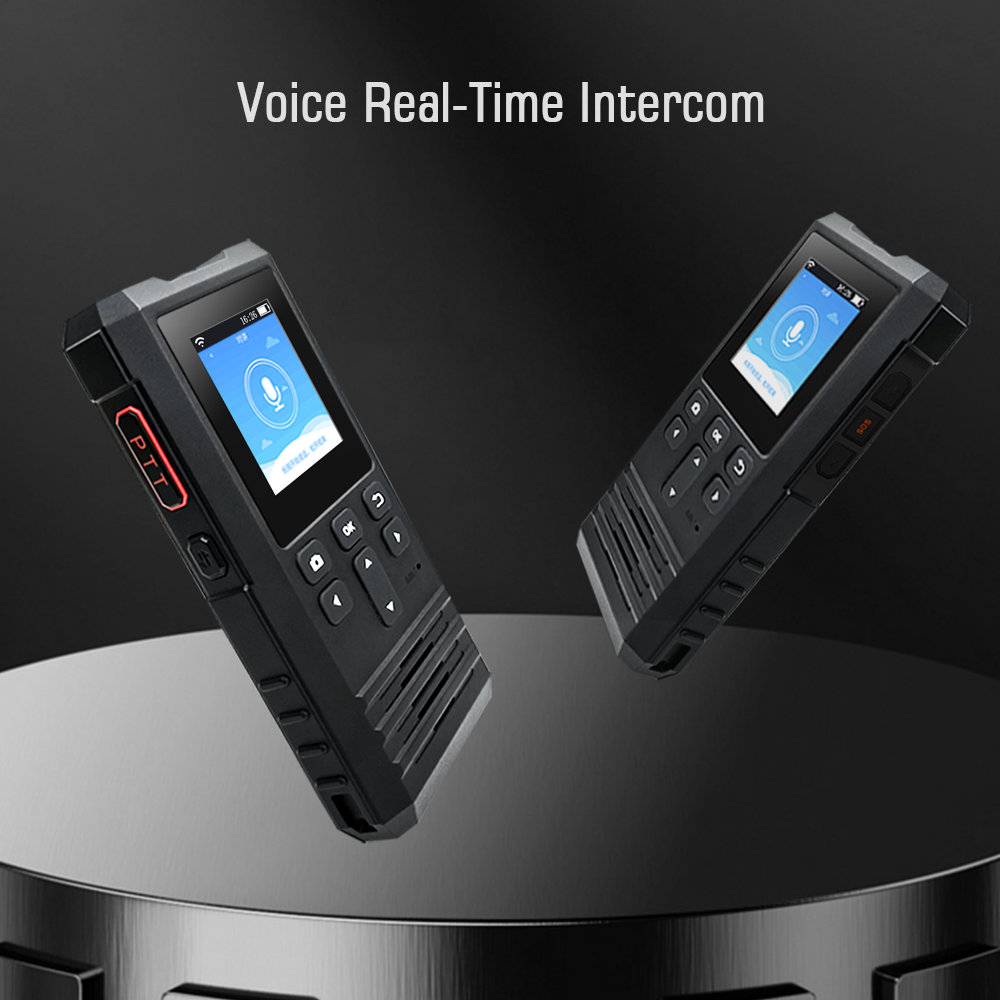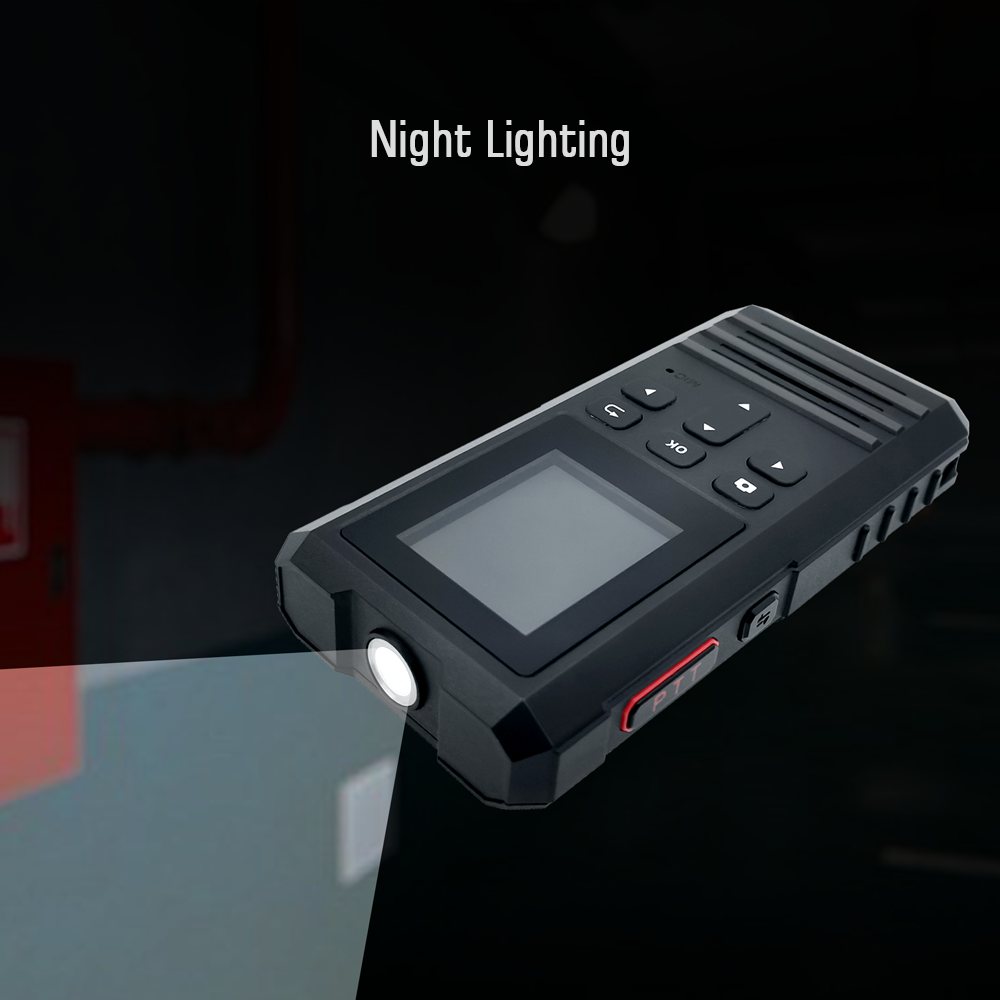

One of the main benefits of a security system is centralized monitoring. This enables security teams to oversee all locations from a single dashboard, allowing faster response times and better coordination. For example, a retail chain in the Netherlands uses a centralized system to monitor its 50+ stores, ensuring that any security breaches are addressed immediately. Centralized systems also integrate with IoT devices such as cameras, motion sensors, and access control systems. A case study from a Polish manufacturing company showed that combining these devices reduced false alarms by 40%, allowing security personnel to focus on real threats.
Navigating the complex web of EU security and data protection regulations can be daunting for businesses. A unified security system simplifies compliance by ensuring all locations adhere to the same standards. For example, GDPR requires strict data protection measures that can be consistently enforced through a centralized system.
An Irish financial services company streamlined compliance audits for its branches in Germany and Belgium using a unified security guard system. The system's automated reporting capabilities reduced audit preparation time by 50%, ensuring all locations complied with regulatory requirements. By streamlining compliance procedures, businesses can avoid costly fines and reputational damage.

Managing separate security guard systems for each location can be costly and inefficient. A unified security system saves costs through scalability and shared resources. For example, an Italian hotel group reduced security costs by 25% after consolidating systems across 20 hotels. The system's modular design allows businesses to add or remove locations as needed, ensuring they only pay for what they use. In addition, centralized maintenance and updates reduce operating costs. A case study of a Swedish tech company showed that switching to a unified system reduced maintenance expenses by 30%.
As cyber threats increase, data security is a top priority for EU businesses. A unified security guard system protects sensitive information by encrypting data and limiting access to authorized personnel. For example, a healthcare provider in Spain uses a unified system to protect patient data at its clinics, ensuring compliance with GDPR and HIPAA. The system's advanced encryption protocols and multi-factor authentication prevent unauthorized access, while regular audits ensure ongoing protection. A case study of a French law firm showed that implementing a unified system reduced data breaches by 60%.
A safe work environment is essential for employee health and productivity. A unified security system improves safety by providing real-time alerts and emergency response capabilities. For example, a construction company in the UK used the system to monitor its work sites, reducing workplace accidents by 20%. The system is combined with employee access control to ensure that only authorized personnel can enter restricted areas. A case study of a Danish pharmaceutical company showed that this feature increased operational efficiency by 15%. By prioritizing security, businesses can create a positive work environment and increase productivity.

Uniform security guard systems are essential for businesses operating in multiple locations across the EU. By providing centralized monitoring, ensuring compliance, and enhancing data security, these systems offer a comprehensive solution to modern security challenges. For companies looking to protect their assets, employees, and reputation, investing in a unified security guard system is a strategic decision that can provide long-term benefits.